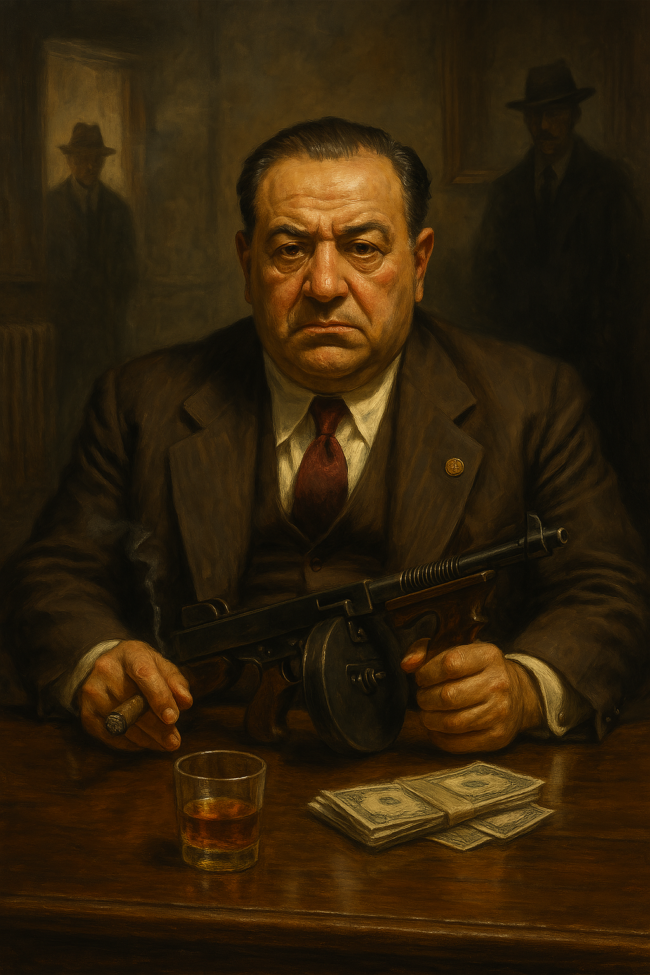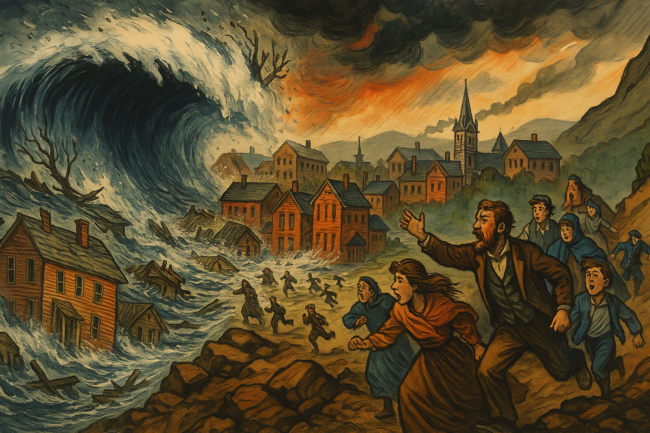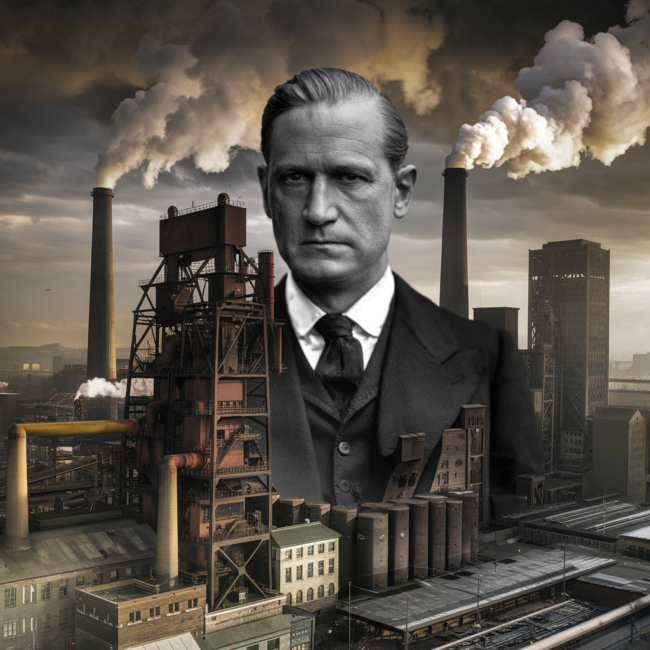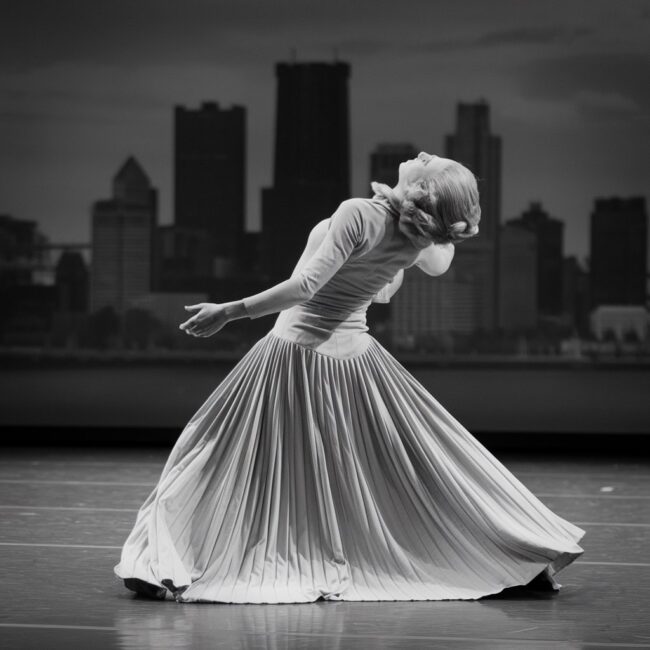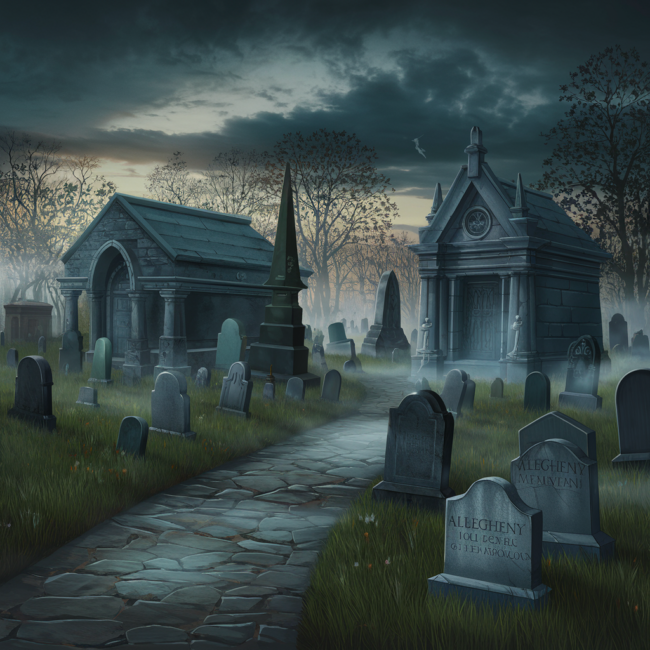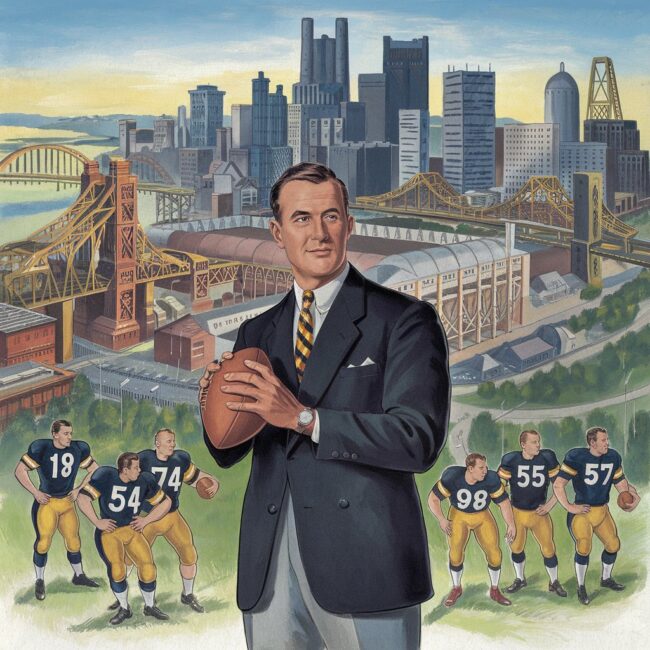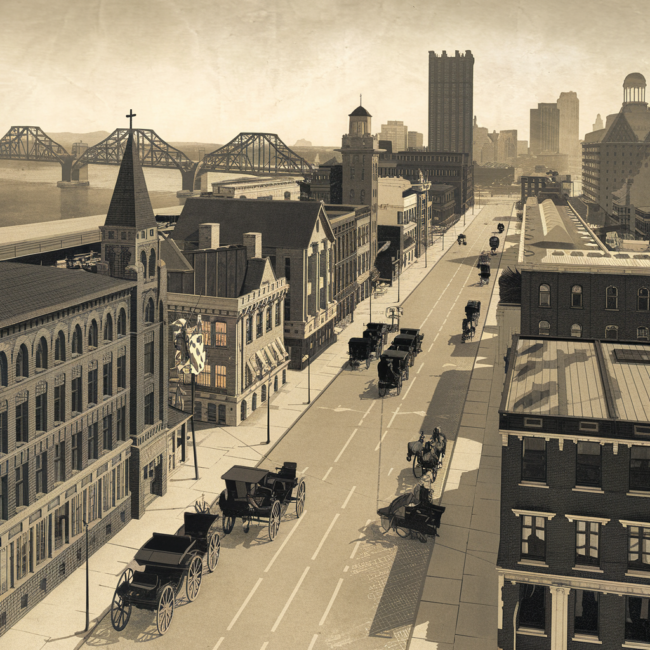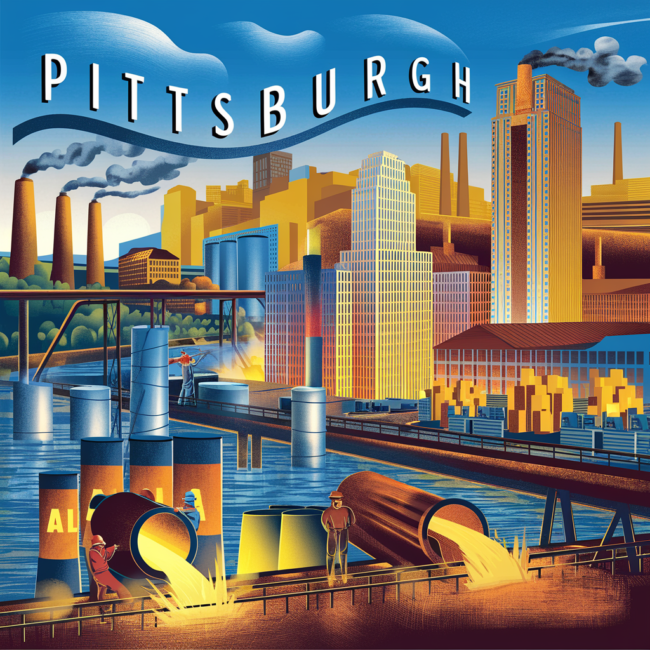John Bazzano: Pittsburgh’s Ruthless Mafia Don
In the annals of Pittsburgh’s dark and shadowy history, one name strikes a particularly ominous chord: John Bazzano. As the ruthless mafia don who ruled the Steel City’s underworld during the early 20th century, Bazzano orchestrated one of the bloodiest chapters of organized crime in Western Pennsylvania. His reign was defined by backroom deals, brutal…

